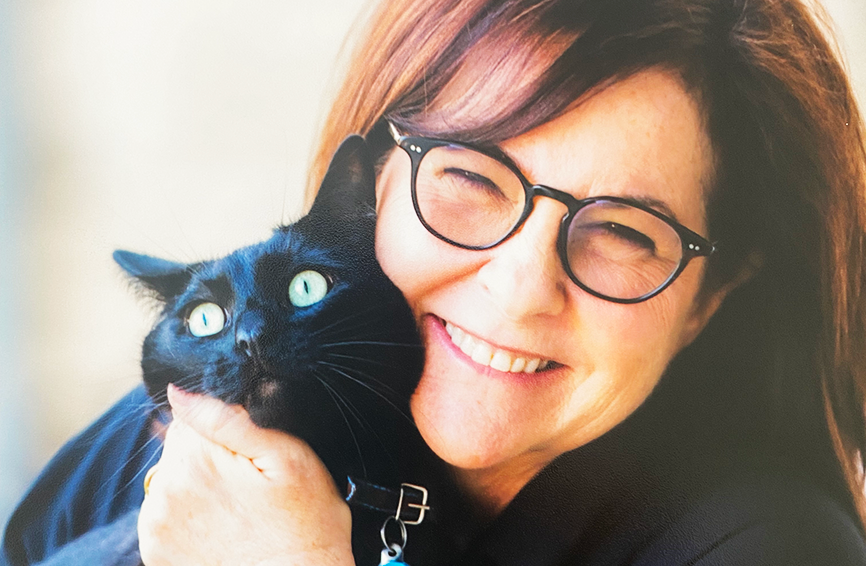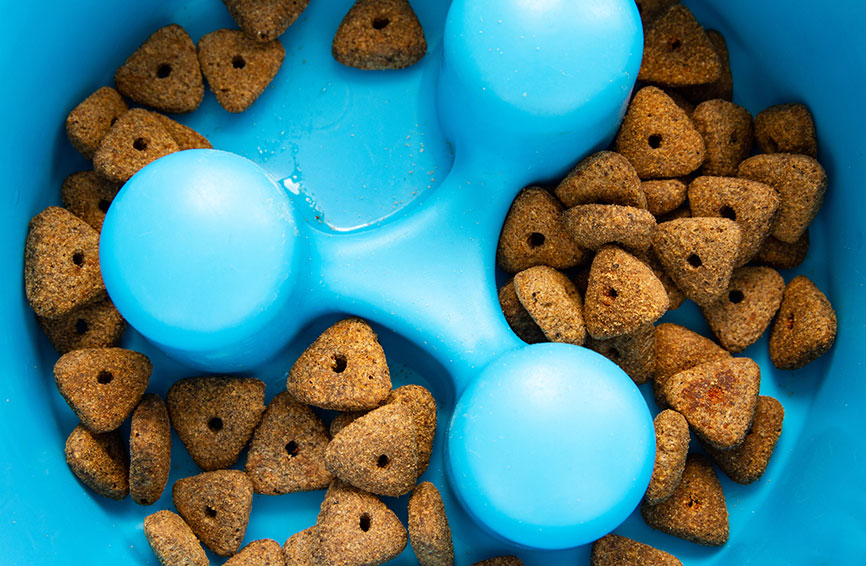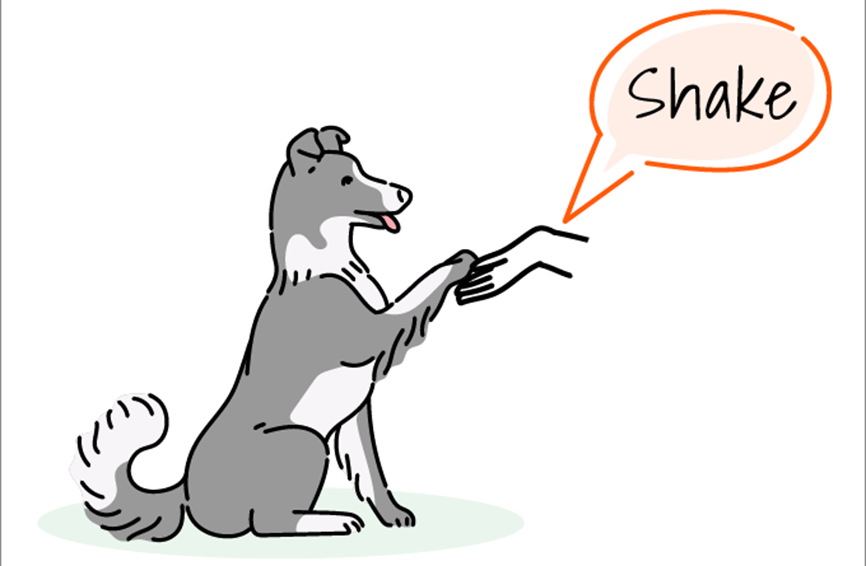Table of Contents
Respiratory issues in cats are common, and the symptoms are usually noticeable. However feline upper respiratory infections (URI’s) can be a little more serious. URIs are typically diagnosed with a physical exam and/or radiographs, and then treated with supportive care and often, antibiotics. If your cat has underlying medical issues, or immunosuppression, your cat could get seriously sick and develop pneumonia.
Generally, cats develop recurrent upper respiratory infections after spending time in a shelter, cattery, outdoors or other locale with other cats. The pathogens that cause upper respiratory infection are very contagious, and once a cat is infected, they will likely have recurrent episodes or “kitty colds” that last 7-10 days intermittently throughout their life. Kittens, because of their underdeveloped immune systems, are particularly susceptible to acquiring upper respiratory infections.
Symptoms
Just like humans, respiratory issues and infection start out with cold and flu-like signs:
- Fever
- Sniffling
- Sneezing
- Nasal discharge
- Runny eyes
- Excess mucus
- Coughing
- General lethargy
- Congestion
- Horse voice
Veterinarians will also check for oral or nasal ulcers, sometimes caused by feline herpes (feline viral rhinotracheitis or FVR) and feline calicivirus (FCV), as recurring respiratory issues are sometimes indicative of those diseases and these two viruses account for approximately 90% of URI infections. Next most common causes of URI in cats are bacterial infections with Chlamydophila felis or Bordetella bronchiseptica.
Diagnosis and Treatment
The most difficult part of feline upper respiratory infections is that they can be caused by several different viruses, bacteria and other organisms. You cannot necessarily apply the same treatment to every feline upper respiratory infection and have them improve or recover. Mild infections often do not require treatment while some infections require antibiotics or other medications to help them improve.
After a kitten came into the San Francisco Society for the Prevention of Cruelty to Animals (SF SPCA) shelter, they discovered he was suffering from a viral respiratory infection (common in shelter cats and kittens). They treated him with the typical medications and he got a little better, but his symptoms were still present.
“We did cultures and examined his nose and throat under anesthesia, but still couldn’t identify the cause of his stuffy nose,” says a representative of the organization. Several weeks passed before the kitten was adopted and went to his forever family; they noted that he continued to be sick and brought him back to the hospital for care. More blood tests were done and they came back inconclusive, which was quite frustrating for the kitten’s family as well as our staff.
The SF SPCA then received a new Vimago HD CT scanner, a machine capable of imaging an entire patient in a single series, and can fit even very large dogs. The kitten was one of the very first patients to be scanned, and they quickly spotted that the infection was similar to that of a fungus called Cryptococcus. “We did a test specifically for that, which came back positive, and we finally had our answer. We were able to start [the kitten] on the proper medication and now he has now recovered!”
Some veterinarians now have human-grade tools that can determine whether your cat has an upper respiratory infection that can be quickly treated with antibiotics, or if it’s something more serious like pneumonia or complications from existing illnesses, or like the kitten above – something even more rare. The standard test requires a sample of your cat’s eye or nasal discharge, and if symptoms do not clear up, they may also do an x-ray if they suspect pneumonia-related fluid in the lungs. Bacterial infections require antibiotics be prescribed, while fungal infections have different medicines. If the main cause of URI is a virus, unfortunately there are no effective antiviral treatments at this time.
When is it Time to Go to the Vet?
If, while during a kitty cold your cat has a decreased appetite or stops eating, needs to breathe through their mouth because of their congestion, or has a high fever, they should be brought to your veterinarian right away. Hospitalization may be required to support your cat through their infection. If your cat’s URI extends into the lungs and they develop pneumonia, you can expect more intense treatments such as hospitalization for multiple days, oxygen therapy, and IV antibiotics and other medications as needed to support their ability to breathe and stimulate them to eat.
The content is not intended to be a substitute for professional veterinarian advice, diagnosis, or treatment. Always seek the advice of your veterinarian or other qualified health provider with any questions you may have regarding a medical diagnosis, condition, or treatment options.
Giving your kitty the best chance of a full recovery can be expensive. Having pet insurance can help cover the cost (as much as 90%) of these spontaneous infections that can set your cat back a few weeks.









